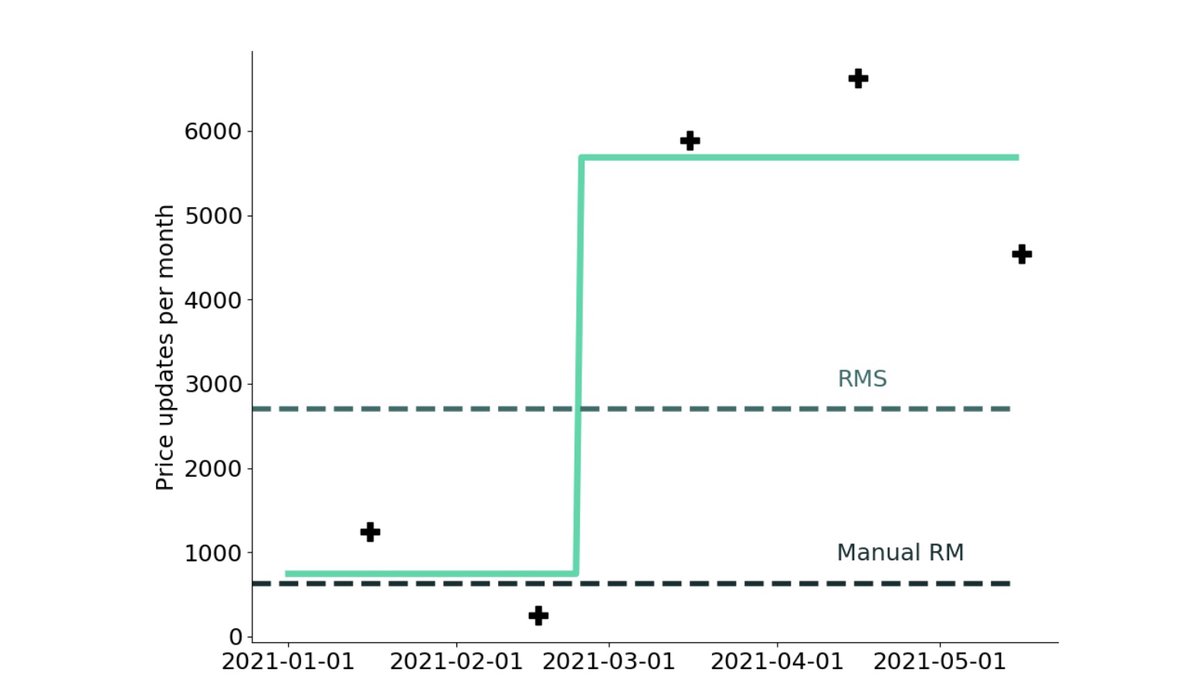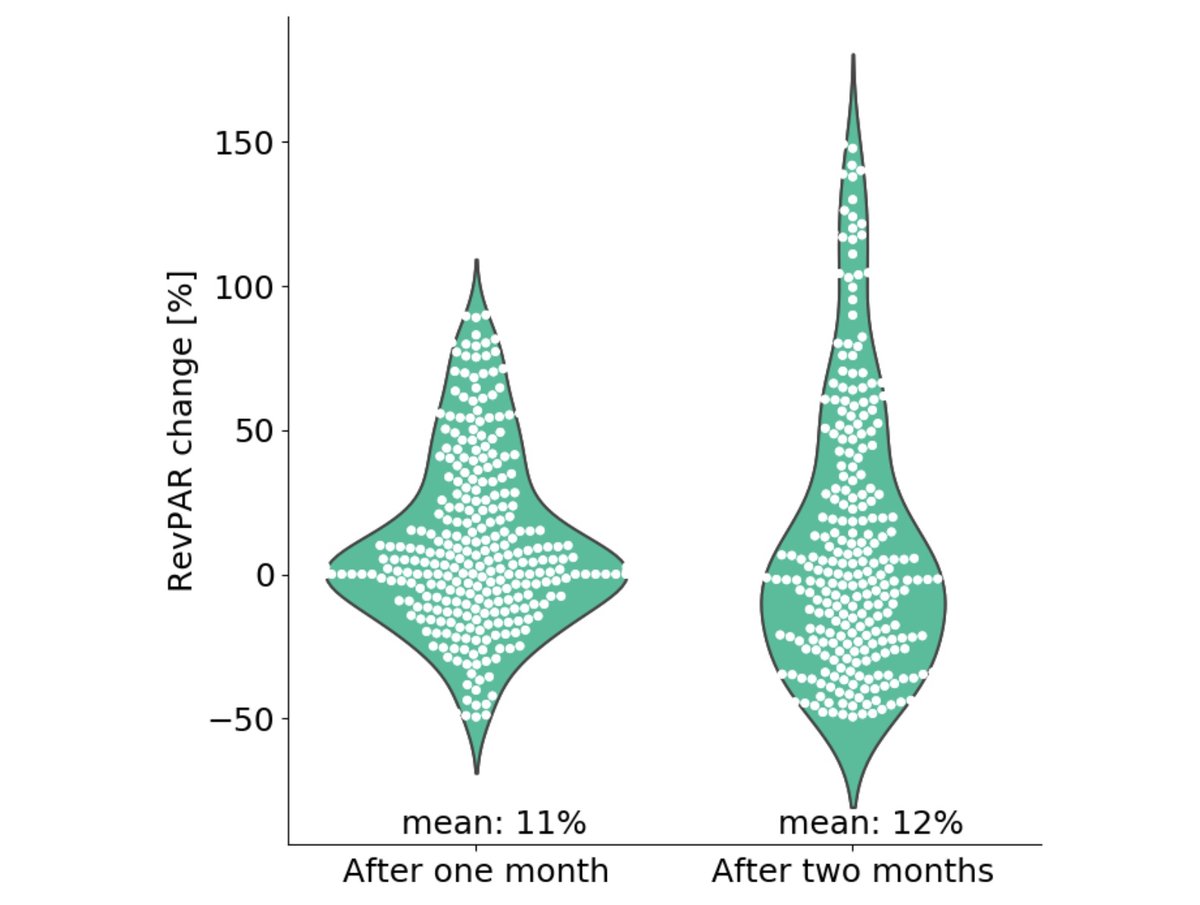Once hoteliers start automating pricing, they start making more money.
NB: This is an article from Pace Revenue, one of our Expert Partners
It makes sense to let algorithms do much of the price change heavy lifting so that revenue managers can busy themselves with more strategic tasks and most half decent RMS should deliver on some kind of automation. But the real question is – by how much will my RevPAR go up?
Subscribe to our weekly newsletter and stay up to date
Herein lie the murky claims that all RMS are trying to market. We recently wrote about how to fix the validation problem when choosing an RMS as there is no commercial tool to help do this today and there is little know-how. We need to keep the conversation going and RevPAR numbers are an important part of this riddle. Let’s start with an example of our very own RevPAR marketing claims and try to tear it apart and explain why there is plenty of potential BS:
Pace will get you an 11% improvement in RevPAR the first month you go on automation!
A bold claim! But what does it even mean? And where has the data come from? To answer this we need two things:
- Determine when a user starts using automated pricing
- Look at RevPAR before and after automation is switched on.
It’s important to remember that this is analytics and not statistics – the numbers are used to tickle us and to potentially reveal interesting things that we can then do more sophisticated tests to prove. For those that are interested we revealed the right kinds of statistical analyses required to validate an RMS – but that few hoteliers do – in our blog and paper here.
Switching on automation
So the analysis is twofold. The first part is showcased in the chart below and is something we do for all properties that have ever used Pace – the crosses are the number of price updates per month for a typical Pace property. The green line shows you more clearly when that drastic step up of price updates occurred – in other words when automation was turned on. We can easily determine the location of this green line for each property by fitting a step (or Heaviside) function to the data. Note that some hotels go on automation right away while some never do and for those that don’t we take the data from the first month they start accepting Pace price recommendations.

The two dashed lines give you an idea of, one, the number of price updates per month an active manual approach would be doing (we’ve assumed seven price changes per inventory per day here) and, two, how many a standard Revenue Management System would perform.
The chart clearly shows that Pace’s automation delivers more price updates (5-6 thousand roughly) even when compared to a standard RMS . Although we aren’t necessarily trying to show off about this fact for this analysis (or are we…?), it’s worth mentioning why that green line is indeed higher – the Pace algorithm is more reactive than others and it also tends to explore more price points to find what the right price is.
RevPAR boosts
The second part of the analysis is to figure out the percentage change in RevPAR once automation is switched on. The chart below shows all of Pace’s properties, including the (very) few that have chosen to leave us. And that’s important as it means there is no selection bias!
After one month, the mean improvement to RevPAR is 11% and after two months the mean improvement to RevPAR is 12%. So the marketing claim could also be made that the longer you leave automation running (two months instead of one) the higher the RevPAR boost is likely to be. Note that the median numbers are different – for example, in this case it would be a 4% boost to RevPAR after one month of automation.

So beware cherry picking! RMS marketing teams will always choose the white dots near the top of the chart to tell their stories. And there are plenty of other caveats to consider when looking at the data. For example, the numbers could be affected by seasonality and whether the property is going into a low or high season.
Conclusion
The conclusion is, of course, that you should automate pricing…as soon as possible. You need a system that can switch on automation fast – ideally before three months – but you also need your vendors to be supplying you with the above data and not just making bold marketing RevPAR boost claims without the all important colour. When automation is switched on RevPAR tends to go up – that much is true. But it is nuanced.
For a good deep dive into an individual property and how an RMS with automated pricing impacted their topline numbers I would look no further than the brilliant analysis by Siim Karu for a&o Hotels and Hostels.
Having a good analytics platform is a good first step towards diving into all this data and building robust statistical approaches to validation and performance, all of which are much needed in our industry and are still lacking. Here is a video of our own native BI tool that we are particularly proud of as it’s a step towards getting the RM industry closer to one that is purely science driven:






